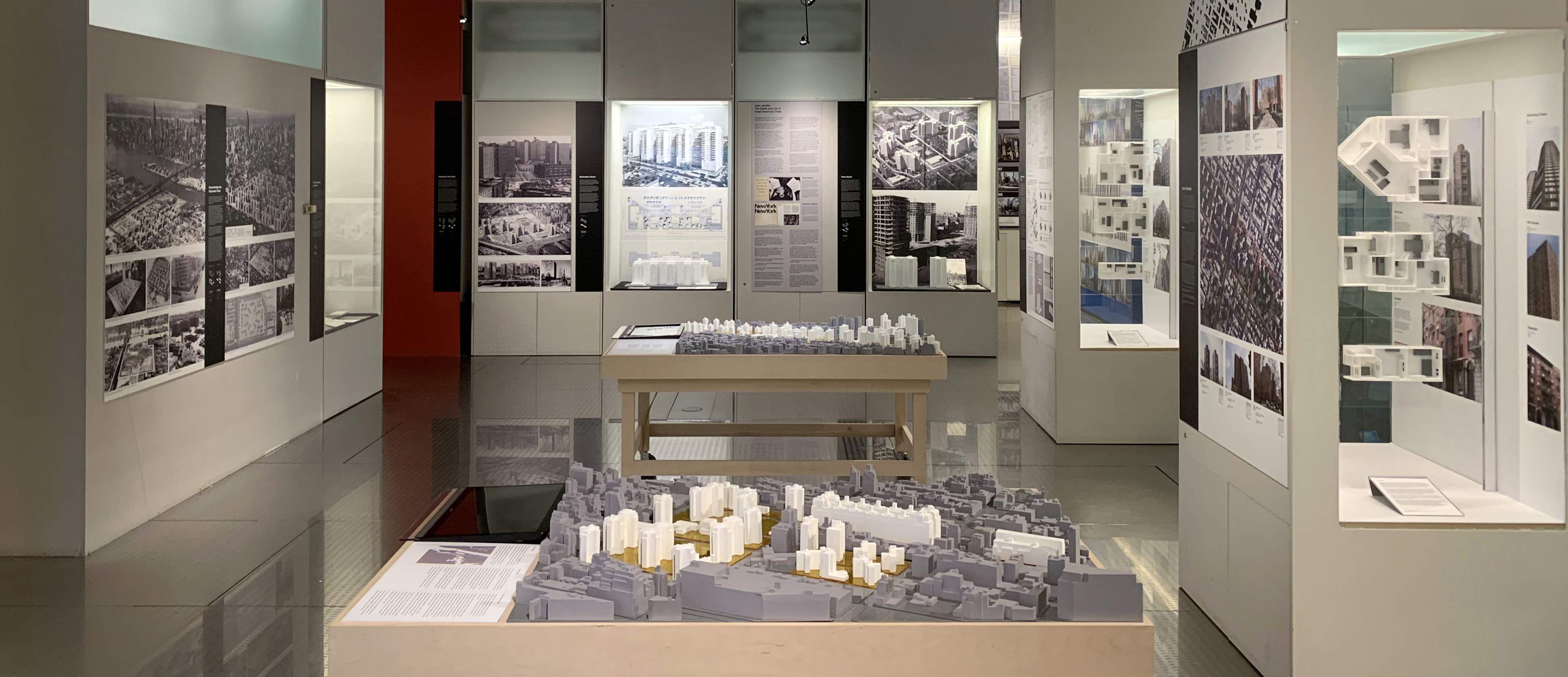
What is density? Does the word describe a condition of people or place? Is it people crowded together? Buildings too tightly spaced, or too tall? Or is it a lack of open space on ground level?
Built density, which measures the area covered by structures, and population density, which calculates the average number of people in a given area, describe two very different aspects of the urban experience.
Arguments about density have shaped and reshaped New York. Critics of tenement life and housing reformers viewed open space and sunlight as the antidote for overcrowding and created a new vision of master-planned, high-rise, residential communities.
The Depression brought government funding into the business of housing, and by the 1950s “towers in the park” became the standard approach to slum clearance and urban renewal. Yet this formula for working- and middle-class projects, which were designed at extremely low density, housed far fewer residents than the tenement blocks they replaced. By the 1960s, critics led by Jane Jacobs and others denounced the modernist solutions in favor of traditional neighborhoods.
Density today remains a hyper-charged concept – a negative to many who equate it with crowding – or a positive for those who claim it creates more vibrant and affordable urban life. Whatever one believes about its relative merits, a better understanding of density is a first step to meaningful dialogue about the future of the city.